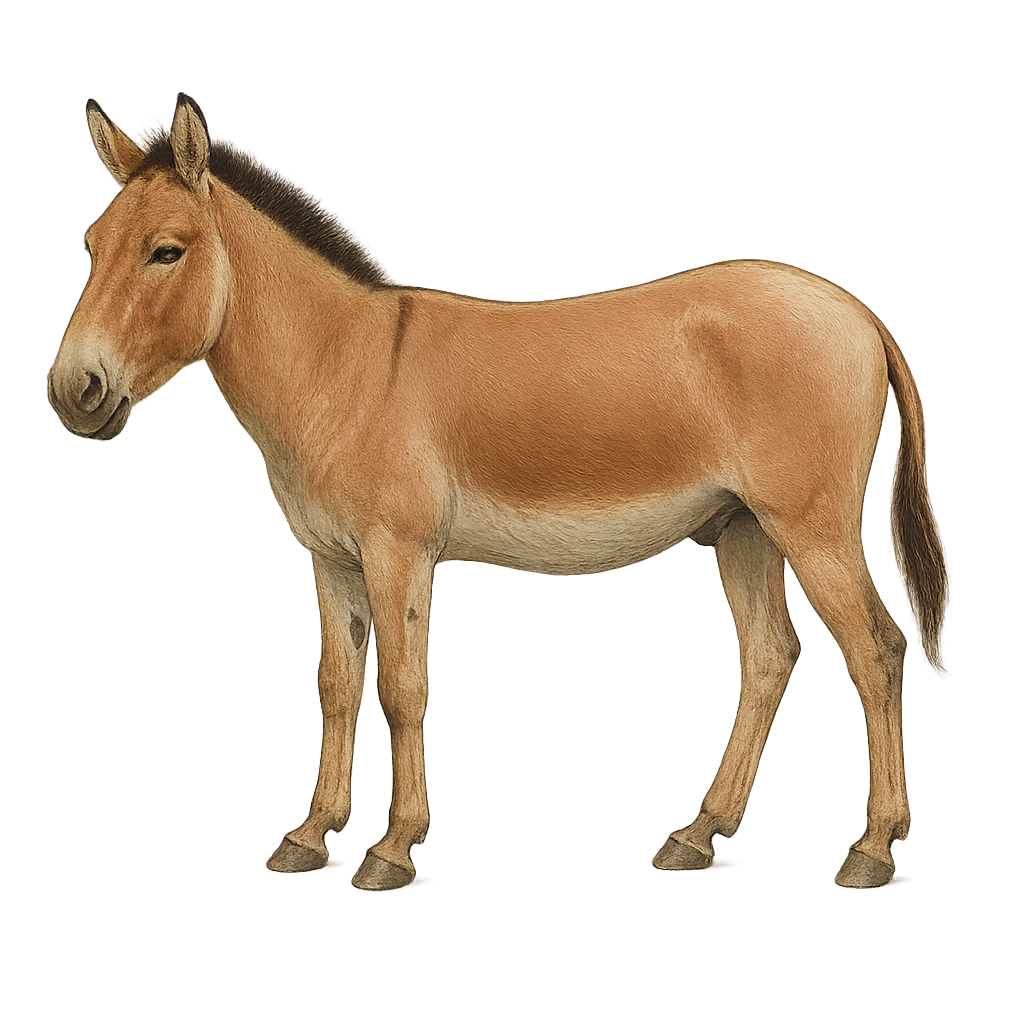Your wildlife photography guide.
Explore the onager in detail, study its behavior, prepare your shots.
Where to observe and photograph the onager in the wild
Learn where and when to spot the onager in the wild, how to identify the species based on distinctive features, and what natural environments it inhabits. The WildlifePhotographer app offers tailored photography tips that reflect the onager’s behavior, helping you capture better wildlife images. Explore the full species profile for key information including description, habitat, active periods, and approach techniques.
Onager
Scientific name: Equus hemionus

IUCN Status: Near Threatened
Family: EQUIDAE
Group: Mammals
Sensitivity to human approach: Suspicious
Minimum approach distance: 50 m
Rut period: June to July
Gestation: 330-365 jours
Births: June to July
Habitat:
Deserts, steppes, grasslands
Activity period :
Primarily active during the day, with peak activity in the morning and late afternoon.
Identification and description:
The Equus hemionus, commonly known as the onager or Asiatic wild ass, is a wild equid native to Central Asia. Adapted to arid and semi-arid environments, such as deserts and steppes, it has a light brown coat that becomes paler in winter, and a short, upright mane. Onagers are social animals that live in groups, often led by a dominant male. They primarily feed on grasses but can also consume shrubs and herbs. Although their population has declined due to hunting and habitat loss, conservation efforts are underway to protect this iconic species.
Recommended lens:
400 mm – adjust based on distance, desired framing (portrait or habitat), and approach conditions.
Photography tips:
To photograph the onager, it is advisable to use a telephoto lens of at least 400mm to capture detailed images from a distance. As onagers are suspicious, it's important to remain discreet and blend into the environment. Opt for early morning or late afternoon hours to benefit from soft lighting and avoid harsh shadows. A tripod can be useful to stabilize the camera, especially if using slower shutter speeds. Be patient and wait for the animal to relax to capture natural and authentic shots.
The WildlifePhotographer App is coming soon!
Be the first to explore the best nature spots, track rutting seasons, log your observations, and observe more wildlife.
Already 1 441 wildlife lovers subscribed worldwide

